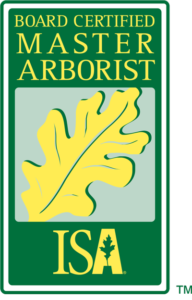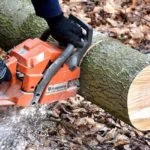Common Tree Care Questions
The work of an arborist is seldom simple. No two trees are ever the same, and the environments they live in all have their own unique elements to them as well.
Truth be told, it takes a lot of physical commitment to the job and the capacity to operate complex machinery to do this work properly. There’s also the experience necessary in customer service, cultivation, and scene engineering that go with the work. It’s a complex industry, and, at Action Tree Care, we love working in it.
So much so, that we’re going to take a moment today to outline some of the great work we do. Join us today, for six of the most common questions people ask us about the tree care process.
Basic Tree Care Questions
What’s the Difference between a Landscaper and an Arborist?
A common misunderstanding with clients looking for tree care services is in mixing up the jobs of landscapers and arborists. These two services are entirely unique to each other, and we’ve outlined the basic differences below:
- A landscaper handles all landscape concerns, garden water systems, and plant protection.
- An arborist focuses on the health and growth of your trees instead of any single component, like with a landscaper.
Is It Ok to Top My Tree?
The short answer is “No”. The longer version of that answer sounds like this: topping a tree compromises its internal structures, weakening it and devaluating it overall.
When Is the Best Time to Prune?
Depending on the type of tree in question, winter is usually the best time to prune it. To speak frankly, this is largely because the injuries resulting from pruning need time to heal up before spring development happens. In the summer, pruned areas run a bigger risk of succumbing to infections and disease.
Do I have to Routinely Prune My Trees?
The response to this inquiry depends on the type of tree, its age, wellbeing, and internal structure. Pruning is half science and half workmanship, and there are many untrained individuals out there offer pruning work without the correct experience or skills to do this work.
How Can I Tell if My Tree Is Sick?
Arborists can recognize a tree abnormality and differentiate between severe and less harmful wounds. For those of you who aren’t tree professionals, however, compromised trees are often preempted by shriveled, singed, bit, darkened, and stained leaves. These aren’t the only sign and they might be more benign than you think, but they’re a handy icon for illness and should tip you off.
Should I Water My Trees Ahead of the First Winter Freeze?
Unequivocably yes. On the off chance that the conditions in your region have been particularly dry, it’s a smart move to water your trees in the fall ahead of the main winter freeze. Even in cases where it isn’t, it’s a considerate move that will set your tree up for the cold winter months.
Tree Care Questions: And Now You Know
The tree care industry is always changing and, as tree lovers, we’re thrilled to be a part of it. At Action Tree Care, our commitment to quality tree work is what sets us apart within the industry. For more on our awesome services portfolio, visit Action Tree Care today and find out how we can help you!
Ultimately, tree care is an industry we’re passionate about, no matter the scenario. It takes a certain kind of person to excel in the tree business. At Action Tree Care, we make it our business to be the right choice for your job. Visit us and get ready to transform your yard today.


